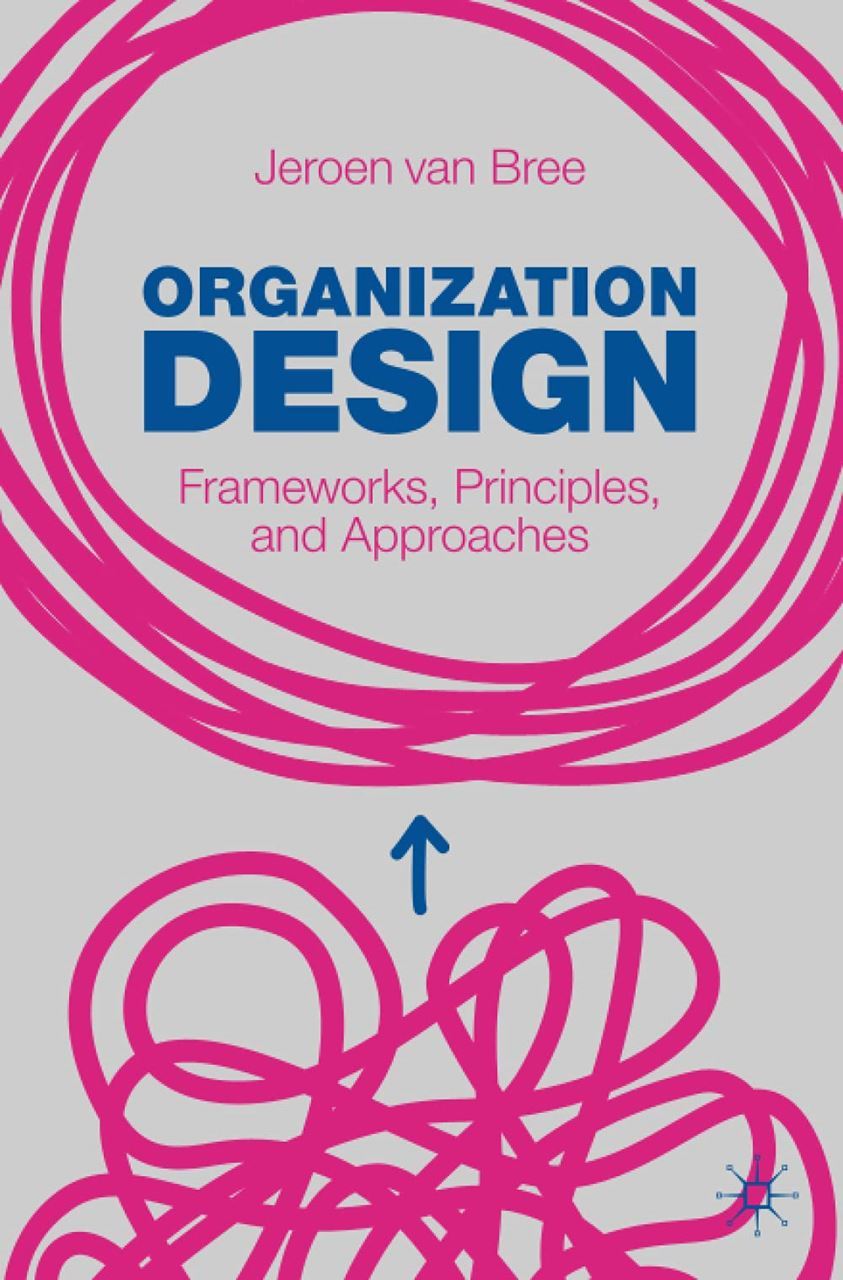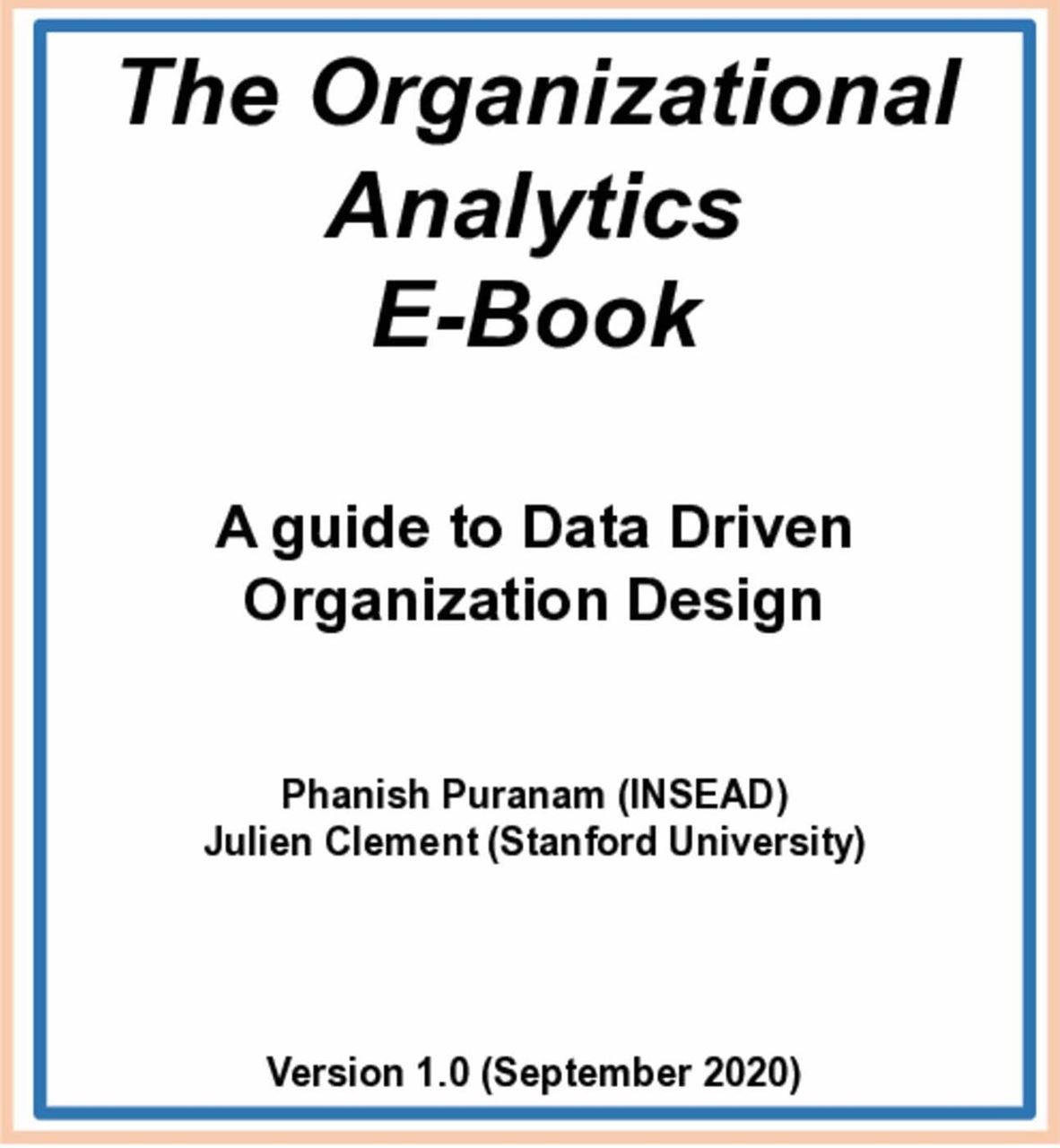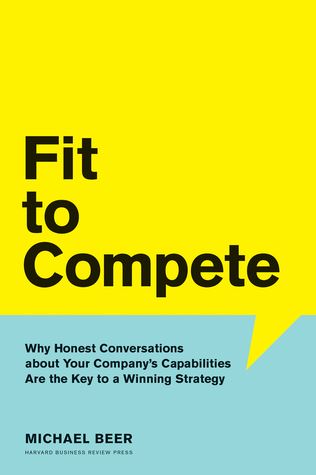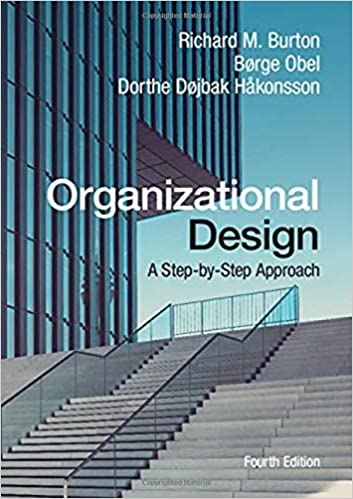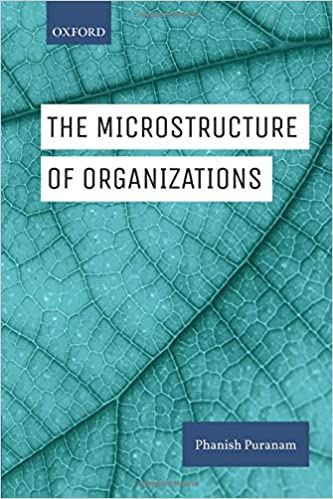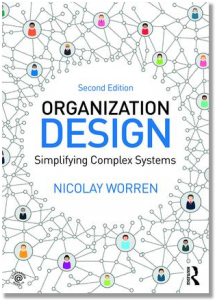Organization Design: Frameworks, Principles, and ApproachesJeroen van Bree This book provides a practical guide to the field of organization design, grounded in academic literature. It is designed to be relevant to Master’s students, as well as practitioners looking for evidence-based guidance. The book provides a solid theoretical background, defining what organization design is, exploring the history of the field, and describing established frameworks and theories. It then investigates why organizations may seek to embark on a re-design, and what a well-designed organization looks like, using examples of contemporary organizations to illustrate the principles derived from organization design theory. From there, it takes students through how organization design occurs, examining various models for intervention, the core steps in designing an organization, and what challenges a practitioner may face, all illustrated by stories from the field. This book includes a wide range of didactic elements for students, including learning objectives, case study examples, review questions, and further reading. It examines the impact of new ways of organizing, and draws on the author’s years of experience as a consultant to ensure that academic theory is seamlessly melded with practical application. The book is available on Amazon and on SpringerLink | |
Networked Scaled and Agile: A design Strategy for Complex OrganizationsAmy Kates, Greg Kesler, Michele Di Martion The business landscape has changed radically over the past year, but the challenges of organising people to collaborate across company, culture, languages, and location boundaries persist. Amy Kates will join us to share highlights from her latest book, written with colleagues Greg Kesler and Michele DiMartino from Kates Kesler. "Networked, Scales, and Agile: A Design Strategy for Complex Organisations," offers frameworks and tools for managing the tension facing business leaders today. As it is no longer an option to choose between agility and scale, the book focuses on the design and activation of global, multinational organisations that can move fast. it features examples from many of the organisations with who Kate Kesler has worked with and learned the best way to:
| 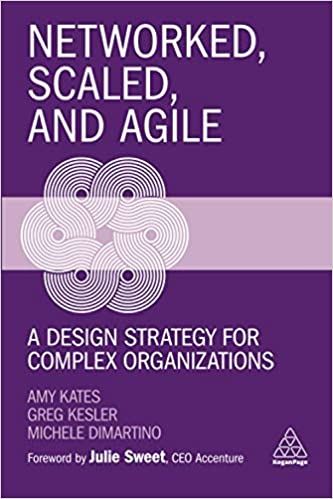 |

